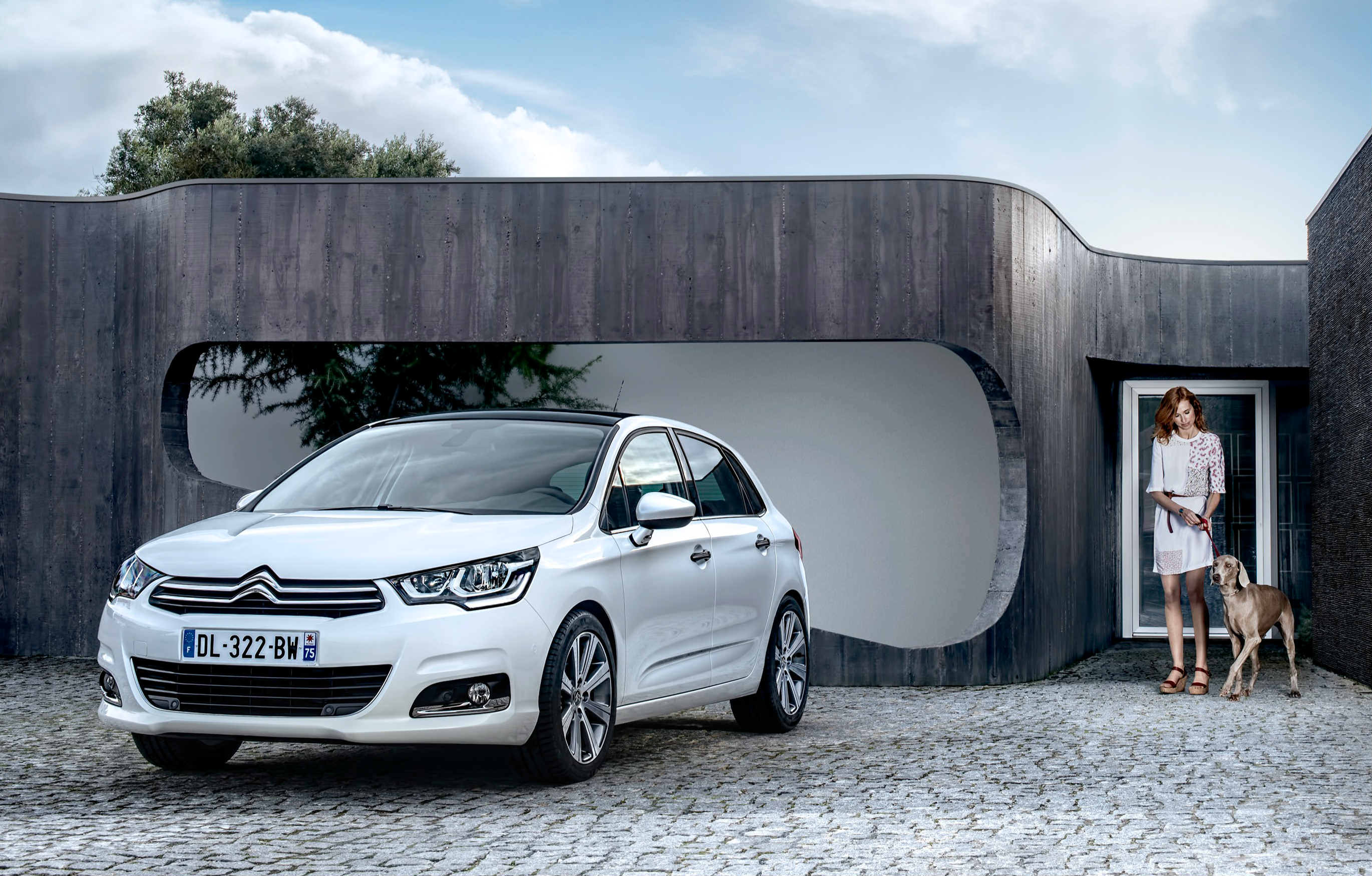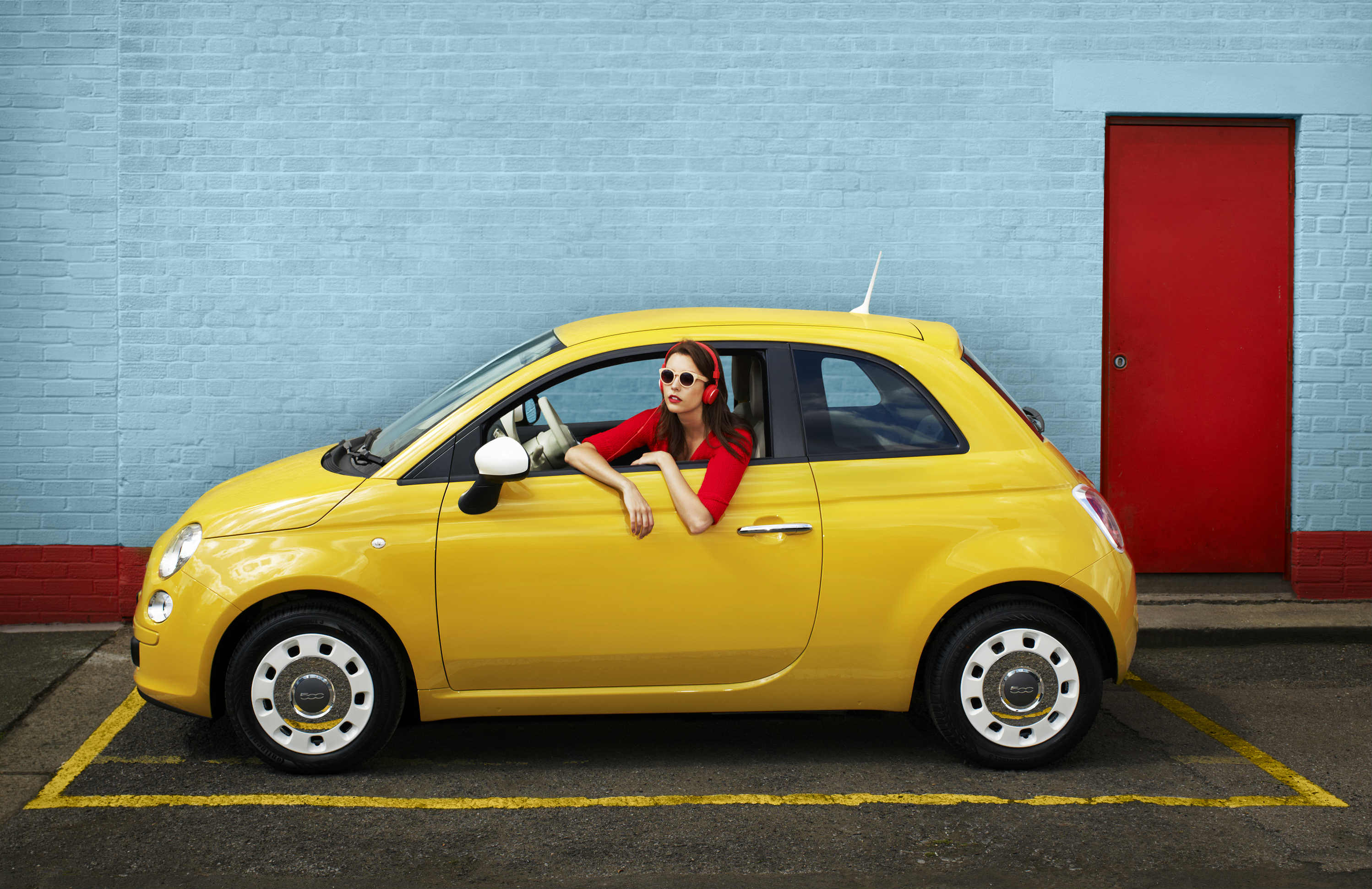A car safety checklist
Planning your next adventure or preparing for the work commute? We’ve compiled a checklist to tick off every time you drive — plus on a weekly, monthly and annual basis — for smooth, safe and legally sound travel

Our cars do more than transport us from A to B — they offer us opportunities to enjoy new experiences, earn a living, see loved ones and more. In turn, we motorists are responsible for ensuring our vehicles are road-worthy — from spot-checks to services. To safeguard us, the government warns of fines up to £2,500, three penalty points and driving bans so read on for our recommended checks.
Before every journey, you should…
- Examine your tyres: Wander around each wheel to check tread The minimum is 1.6mm across the central three-quarters of the tread going around the circumference of the tyre. Check for any cracks or bulges. Inflate if needed
- Lights, then action: Check that all lights — from the headlights to your indicators — are functioning correctly. A faulty light reduces your visibility and distracts other drivers
- Adjust your seating position: Ensure that your feet reach the pedals and your eyes meet the mirrors, especially if another driver has used the car and re-positioned the seat
- Remove rubbish: Loose litter rattling around in the driver’s footwell could stop you from braking
- Align your mirrors: Ensure your rear view and wing mirrors are in line with your height. Mirrors can’t completely replace the occasional head turn as they have blindspots, but they do offer extra perspectives for improved visibility. Where wing mirrors are concerned, you should only be able to see a sliver of your car, with the horizon central to the glass. This will help you see approaching cyclists, but sufficient road
- Test your brakes: Your foot and hand brakes should work quickly and efficiently. Engage your senses to spot warning signs; look for a brake light, listen for grinding noises, smell for burning and feel for a spongy pedal. Cars that have endured winter weather or sat dormant are most at risk
- Work your windscreen wipers: Ensure that your washer fluid is full and your wipers intact, so they can clear the windshield. A smeared screen can be distracting and dangerous. This is, of course, essential if it’s already raining, but check the weather forecast so you’re all set for any return journey showers too
- Slot in seatbelts: All seatbelts must securely fasten and be tear-free. As you drive, the belt should sit across your body
- Don’t run on empty: Ensure your car has enough fuel or charge to go the required distance. Risking the journey may leave you feeling panicked or broken down. If you’re embarking on a long drive, check petrol stations and EV charging points along the route
Weekly checks
A seven-day spot check means you’ll spot changes that could compromise your safety sooner. Carry out the above, plus these extras:
- Listen: no, we’re not referring to the radio. Open the window and start the ignition. See how long the engine takes to kick in and if you can hear any unusual grinding. In this instance, your battery may need charging — often due to multiple short trips, the weather or because your car needs servicing.
As you drive, keep an eye on the temperature gauge — does it rise smoothly or jump quickly? Check for red warning lights that weren’t there previously and, in a safe, quiet place, alternate slowly braking and accelerating, listening out for cranking noises or an unfamiliar humming
- Keep it clean: It’s worth a trip to the car wash or solo scrubbing session to ensure areas of your vehicle that you depend on — from the windows to the lights and wing mirrors — are sparkling for maximum visibility, especially in the dark winter months
- Inspect the underside: Look for changes like exhaust leaks or a flat or bulging tyre before setting off
- Look at the fluid levels: Your oil should sit between the minimum and maximum mark on the dipstick. Brakes, coolant and steering fluid need checking and re-filling if necessary too
Monthly checks
Tick off the above on a monthly basis, plus:
- Peep under the bonnet: There shouldn’t be any split spark plug wires or corrosion around the battery terminals
- Watch your wheel and brake alignment: In a quiet spot, apply the brakes with increased pressure. If your car veers slightly to one side, a=one brake lining may be more worn than the other or simply misaligned over time
Annual checks
Alongside all the above, choose a memorable date for an annual check-in covering the following:
- Read through your owner’s manual: This isn’t a nice-to-have when you buy a car, but a necessity. If you encounter any issues that are not covered, consult your local garage
- Consider a new battery: Many car batteries have a guarantee of three to five years, so you may wish to replace in advance
- Book in for a service: Your vehicle needs servicing at least every 12 months or at a mileage recommended by the manufacturer in your car manual
- Make your MOT a priority: An MOT is a legal requirement for any car over three years old. A certificate lasts for one year, so ensure you renew at least a month before its expiry
- Re-familiarise yourself with the rules of the road: Cast your mind back to learning the Highway Code for your theory test… It’s worth a rule refresher, especially when new driving laws were recently enforced
- Assess your named drivers: If you have previously shared a car, but a relative rarely drives or has moved out, consider updating or removing named drivers as this may impact your insurance premium
- Book an eye test: The official regulations state that you mut be able to read a car number plate from 20 metres away, with or without your glasses. Vision can deteriorate slowly, so visit an optician for peace-of-mind and sharper sight
A mileage milestone
6,000 — 12,000 miles
It’s worth reviewing the guidelines in your owner’s manual for the manufacturer’s servicing recommendation.
Generally speaking, if you drive under ‘normal’ conditions, your car will need servicing every 12,000 miles with regular maintenance in between (when the oil needs changing, for example). If you drive under ‘severe’ conditions — like frequent stop-starting in cities, routinely taking short trips of five miles or less or towing a heavy a load — then a service every 6,000 miles is advised.
Newer cars may have an in-built mileage reminder system, which flashes when it’s time to check oil levels among other essentials.
 Win your car finance on us!
Win your car finance on us! 

